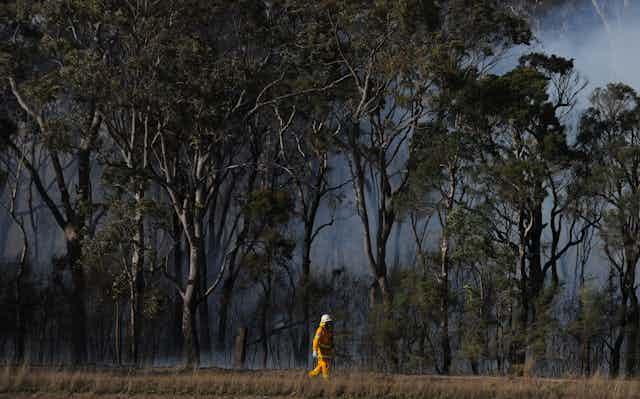Bushfire management is one of Australia’s most prominent and important environmental challenges, affecting the lives of hundreds of thousands of people.
Just this week, Google launched a Google Crisis Map application that shows information about bushfires across five Australian states and territories.
According to Google, the project’s goal is to provide easily accessible and reliable information about the location of current fires, their size, listings of fire warnings, as well as to issue alert messages to users.
Other data provided by Google’s Crisis Map application will provide information on how to stay safe in fire threat areas, whether the fire is under control and which regional emergency response agency is responding to the crisis.
While working with fire authorities across Australia, the Crisis Map is able to receive updates about fires that can be accessed with any device connected to the web.
Further than fires
Google has plans to extend and enrich the application over time to include information such as traffic conditions and road closures.
The Crisis Map application currently focuses on bushfires and mirrors the map supplied by the NSW Rural Fire Service, but according to Google sources it could be updated to identify Australian tropical storms, cyclones, flood and landslide threats in the future, as has been done in other countries such as Canada, Colombia, India, Japan and Taiwan.
The Crisis Map project seems to represent a little departure from Google’s traditional approaches for collection of data and a move towards heavier reliance on data feeds from third parties, such as the rural fire authorities, emergency services and the community at large.
And while the new application could potentially add value to current online websites and services, its true success, will depend on such key factors as:
- the usability of the provided information
- the relevance of its content
- the application’s ability to establish itself as a trusted source of information.
So it seems that the quality of information provided by the application may not solely depend on how quickly the Crisis Map application can synthesise the data collected from many sources, but on how quickly most recent and up-to-date information becomes available.
The success of the project, in this case, will largely depend on close collaboration with emergency services around Australia.
It remains unclear if, in the event of more fires, additional human and computer resources within emergency services will be readily available to sustain an effective ongoing flow of most recent crisis data and developments from endangered regions.
Real life in real-time
Apart from earthquakes and tsunamis, bushfires are the most dynamic and fast-spreading events that can occur in nature.
In principle, and in most cases, to be of true value to the majority of users who live or travel in critical areas, information about bushfires or other threats requires life data to be captured and distributed from bushfire regions in real-time mode using real-time data feeds. They should provide possible data about:
- the direction of the fire spread
- its magnitude
- its velocity and acceleration
- its shape and possibly other relevant environmental data.
Although not impossible, considering the rapid development of satellite communications and smartphone technologies, wireless sensor networks, the Internet of Things, as well as signal and image processing techniques, efficiently coordinating and implementing all of these aspects still cannot be effectively realised in the foreseeable future.
Hence, the new Google initiative may, at first, only play an awareness-raising and informative role. The most current or critical information about bushfires might not always be available at hand, possibly due to very rapid changes in the bushfire environment or even due to the breakdown of internet infrastructure itself caused by fires.
So at this stage, the Crisis Map project will remain one of Google’s great instruments of public relations and a source of inspiration for a range of possible future web services and mobile applications that without any doubt, will follow. Overall, the Crisis Map project can be seen as a very positive initiative that can benefit the Australian community.
Thanks to the new application, possibly hundreds of thousands of users can now have easy and a reliable access to information on crisis situations. Local emergency services can save their resources to support their daily activities, instead of spending money to establish a computer network infrastructure that can support potentially a very large number of users.
For all its possible wonderful uses it still remains an excellent test for two powerful forces: nature vs technology. Will technology keep up with the power of raging nature? Let’s hope we can.

